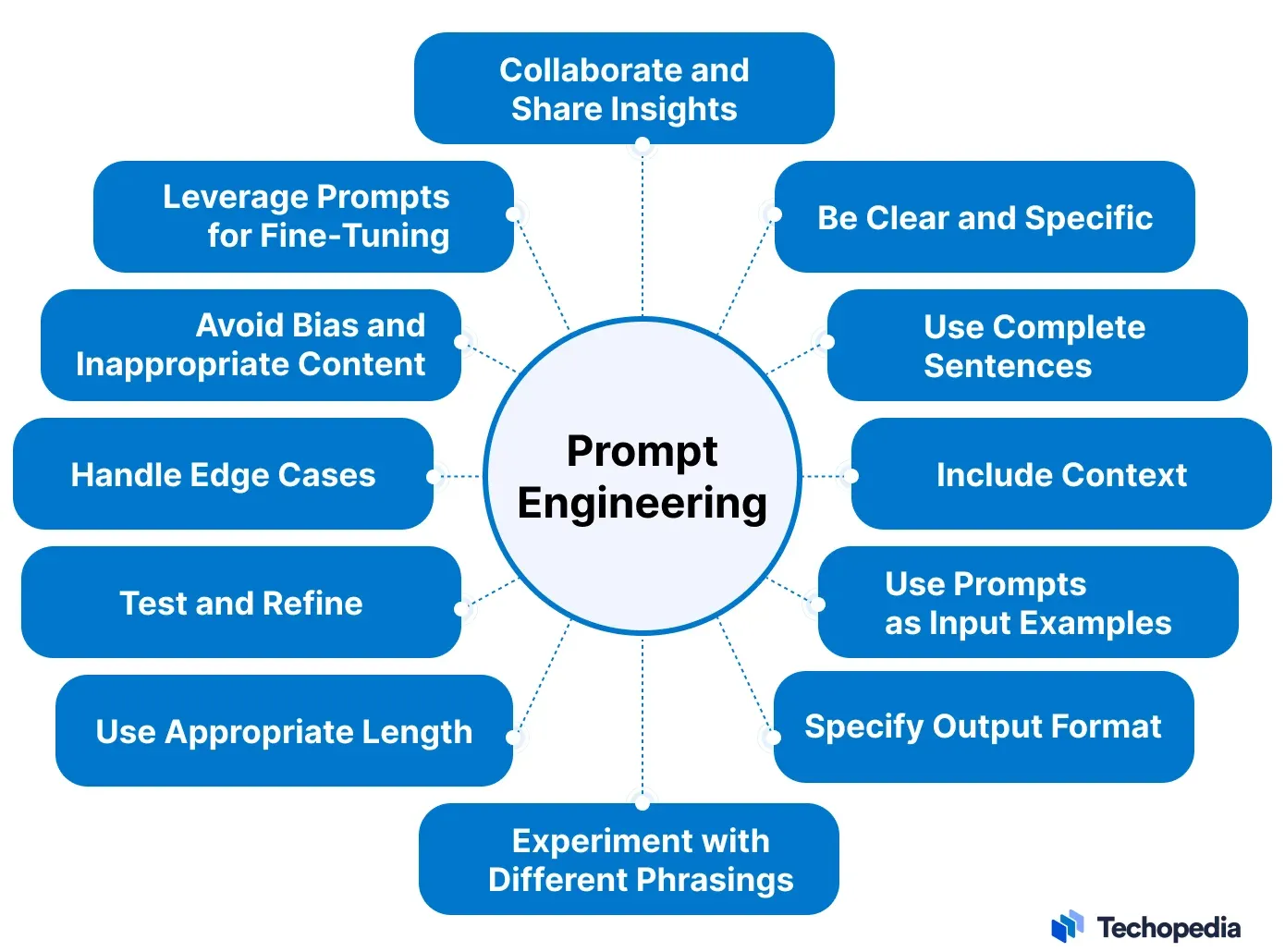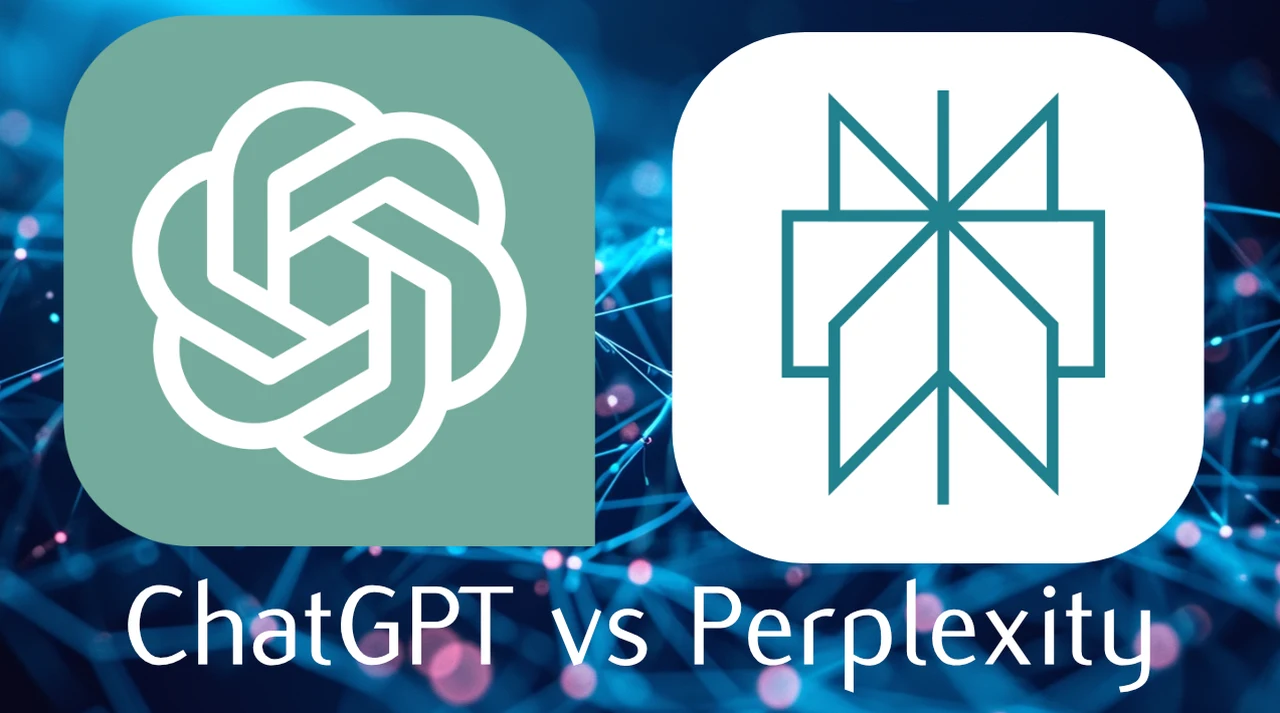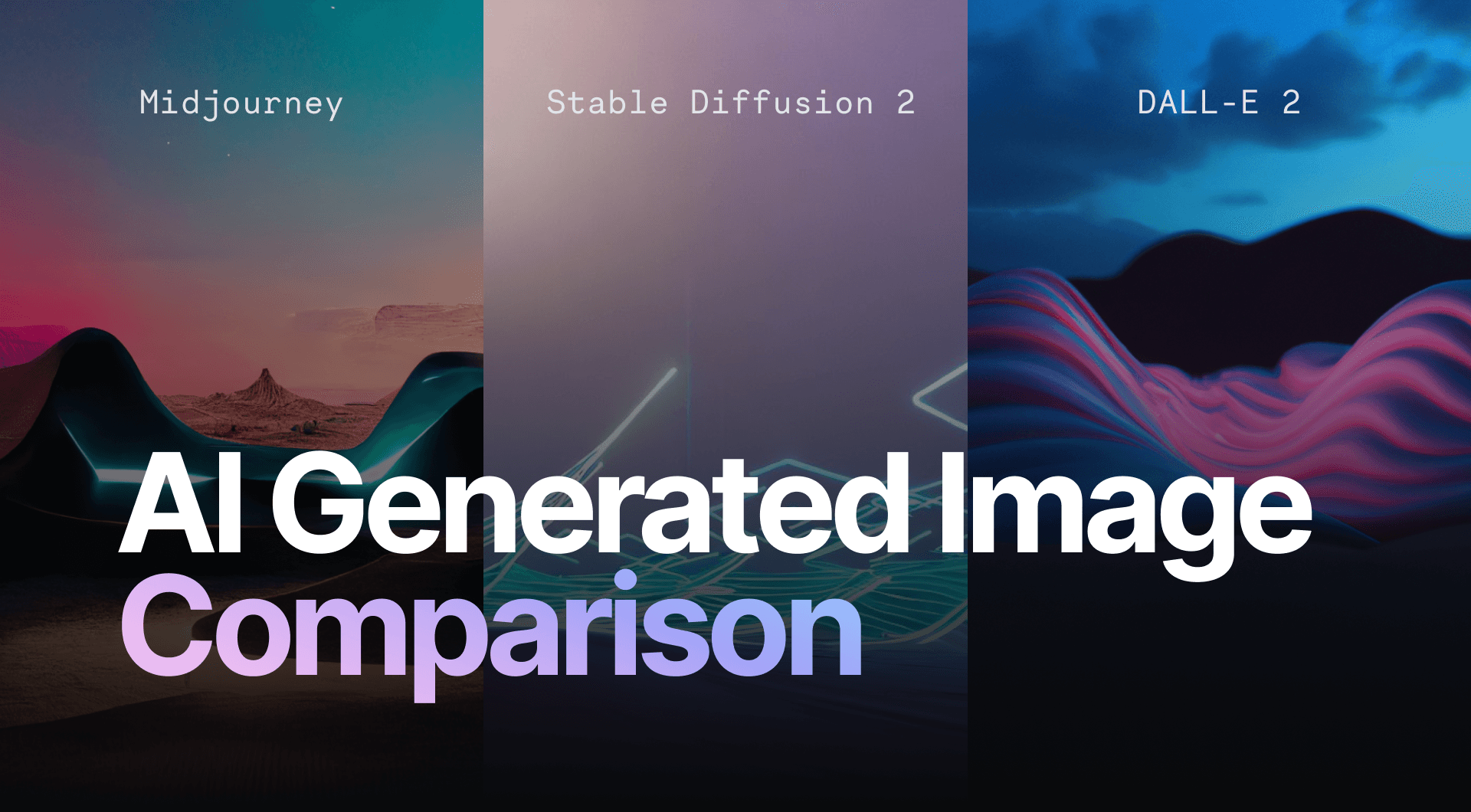
Table of Contents
What is Prompt Engineering?
Prompt engineering is the art and science of crafting inputs (prompts) to get the best possible outputs from AI systems. As artificial intelligence tools like ChatGPT and Gemini become more sophisticated, the quality of your prompts increasingly determines the quality of the results you receive.
Think of prompt engineering as learning to speak an AI's language. Just as you would phrase a question differently when talking to a child versus a professor, different AI systems respond best to different styles of communication. Mastering this skill can mean the difference between vague, generic responses and highly specific, useful outputs.
In 2025, prompt engineering has evolved into a valuable professional skill, with businesses actively seeking "prompt engineers" who can effectively communicate with AI systems. This guide will take you from complete beginner to proficient prompt crafter, regardless of which AI tools you use.
Key Concept:
Prompt engineering isn't about tricking the AI—it's about clear, structured communication that helps the AI understand exactly what you want.
Prompt Engineering Fundamentals
The Core Principles
Effective prompt engineering rests on three foundational principles:
Clarity
Your prompt should be unambiguous and specific. Vague prompts lead to vague answers.
Context
Provide relevant background information to guide the AI's response.
Constraints
Set boundaries to focus the output (length, format, style, etc.).
Basic Prompt Structure
A well-structured prompt typically includes these elements:
| Element | Purpose | Example |
|---|---|---|
| Instruction | Primary task you want the AI to perform | "Write a 300-word blog post introduction" |
| Context | Background information to guide response | "The post is about sustainable gardening for beginners" |
| Input Data | Specific information to include | "Reference these statistics: [data]" |
| Output Format | How you want the response structured | "Use a friendly, conversational tone with subheadings" |
The Role of Tokens
Understanding how AI processes language can improve your prompting:
- AI breaks text into tokens (roughly 3/4 of a word)
- Most models have token limits (e.g., 4096 for ChatGPT)
- Longer prompts consume more tokens, leaving fewer for responses
- Balance detail with conciseness to maximize response quality
Essential Prompt Engineering Techniques
1. The Role-Playing Method
Assign the AI a specific role to shape its responses:
"Act as an experienced high school biology teacher. Explain photosynthesis to a 15-year-old student using simple analogies and 2-3 key examples from everyday life."2. Step-by-Step Reasoning
Break complex requests into logical steps:
"To help me understand this concept better, please:
1. Define [concept] in simple terms
2. Provide 3 real-world examples
3. Explain common misconceptions
4. Suggest practical applications"3. Example-Driven Prompts
Provide samples of the desired output format:
"Write product descriptions in this style:
[Example 1]
[Example 2]
Now create a similar description for: [Your Product]"4. Iterative Refinement
Progressively improve outputs through follow-up prompts:
- Get initial response
- Identify what needs adjustment
- Provide specific feedback ("Make it more formal," "Focus on X aspect")
- Repeat until satisfied
5. Temperature Control
Many AI tools allow adjusting "temperature" (creativity vs. precision):
- Low temperature (0-0.3): More focused, deterministic outputs
- Medium (0.4-0.7): Balanced creativity and relevance
- High (0.8-1): More creative but potentially less accurate
Advanced Prompt Engineering Strategies
1. Chain-of-Thought Prompting
Encourage the AI to show its reasoning process:
"When answering, please explain your reasoning step by step before providing the final answer."2. Multi-Turn Task Decomposition
Break complex tasks into smaller subtasks across multiple prompts:
Step 1:
"List the key components needed for a comprehensive guide about [topic]"
Step 2:
"Now write a detailed section about [first component]"
Step 3:
"Revise this section to make it more engaging for beginners"
3. Few-Shot Learning
Provide several input-output examples to demonstrate patterns:
"Convert these technical terms to simple explanations:
Input: API
Output: A way for different software programs to talk to each other
Input: Machine Learning
Output: Computers that learn from examples without being explicitly programmed
Now explain: Neural Network"4. Negative Prompting
Specify what you don't want in the response:
"Explain quantum computing without using mathematical formulas or technical jargon."5. Meta-Prompting
Ask the AI to help you improve your prompts:
"I'm trying to get better responses about [topic]. How could I improve this prompt: [your prompt]"Tool-Specific Prompt Engineering Tips
ChatGPT
- Use custom instructions to set persistent preferences
- Reference previous messages with "As you mentioned earlier..."
- Leverage GPTs for specialized tasks
- Try "Continue" command when responses are cut off
Google Gemini
- Use @[tool] syntax to integrate Google services
- Prompt with "Research [topic] and summarize key points"
- Include "Provide sources for key facts" for verifiable info
- Use "Explain like I'm 10/16/expert" for tone adjustment
Claude
- Upload reference documents with your prompts
- Use "Take a deep breath" prefix for complex tasks
- Request outlines before full content generation
- Claude excels at analyzing and summarizing long texts
Midjourney/DALL-E
- Include style references (e.g., "in the style of Monet")
- Specify lighting, composition, and perspective
- Use weightings for priority elements (::2 for emphasis)
- Negative prompts remove unwanted elements
Common Prompt Engineering Mistakes
1. Vagueness
Bad: "Tell me about marketing"
Better: "Explain content marketing strategies for B2B SaaS companies targeting small businesses"
2. Overloading
Bad: Multiple unrelated requests in one prompt
Better: Focus on one main task per prompt
3. Assuming Context
Bad: Not providing necessary background
Better: Include relevant context explicitly
4. Neglecting Formatting
Bad: No output structure specified
Better: Request bullet points, tables, or sections
5. Ignoring Iteration
Bad: Expecting perfect output in one try
Better: Refine through multiple iterations
6. Over-constraining
Bad: Too many restrictions limiting creativity
Better: Balance guidance with flexibility
Practical Prompt Engineering Examples
Content Creation
Basic Prompt:
"Write a blog post about healthy eating"
Engineered Prompt:
"Write a 800-word beginner's guide to Mediterranean diet meal planning for busy professionals. Include: - 1 introductory paragraph highlighting key benefits - 3 sample meal plans (breakfast, lunch, dinner) - 5 pantry staple recommendations - Tips for meal prepping on weekends Use a friendly, encouraging tone with subheadings for each section."
Technical Explanation
Basic Prompt:
"Explain blockchain"
Engineered Prompt:
"Imagine you're explaining blockchain technology to a group of high school students with basic computer knowledge. Use the analogy of a digital ledger that's like a shared Google Doc everyone can see but no single person controls. Include: - Simple definition - How blocks get added to the chain - Why it's considered secure - 2 real-world applications beyond cryptocurrency Limit to 3 paragraphs maximum."
Creative Writing
Basic Prompt:
"Write a sci-fi story"
Engineered Prompt:
"Write a 500-word opening chapter for a cyberpunk novel set in 2145 where: - The protagonist is a retired hacker with a neural implant - The central conflict involves a rogue AI haunting the dark web - The setting is a dystopian megacity divided by tech access Establish mood through vivid sensory descriptions and include at least 3 lines of dialogue that reveal character personality."
Further Resources for Prompt Engineering
Prompt Engineering Guides
Community Resource
Courses & Certification
Prompt Library
Pro Tip:
Bookmark and organize your most effective prompts in a dedicated document or note-taking app. Over time, you'll build a valuable personal library of proven prompts for different situations.
Frequently Asked Questions
Common questions about prompt engineering answered
No technical background is required for basic prompt engineering. It's primarily about clear communication and understanding how to structure requests. However, some technical knowledge can help with advanced techniques and understanding AI limitations.
While both require clarity, image prompting focuses more on visual elements (style, composition, lighting) rather than logical structure. Image prompts often benefit from artistic terminology and reference images, while text prompts need more precise instructions about content and format.
Good prompts can reduce but not eliminate hallucinations. Techniques like asking for sources, requesting verification of facts, and using tools with web access (like Gemini) help, but critical evaluation of AI outputs remains essential.
Most people grasp fundamentals in a few hours of practice. Developing true proficiency takes weeks of regular use across different AI tools. Like any skill, ongoing practice and staying updated with new techniques yields continuous improvement.
Yes, prompt engineering has emerged as a distinct role, especially in companies heavily using AI. These positions often combine prompt expertise with domain knowledge (e.g., marketing, coding, research). However, prompt engineering is increasingly becoming a valuable supplementary skill across many professions.


